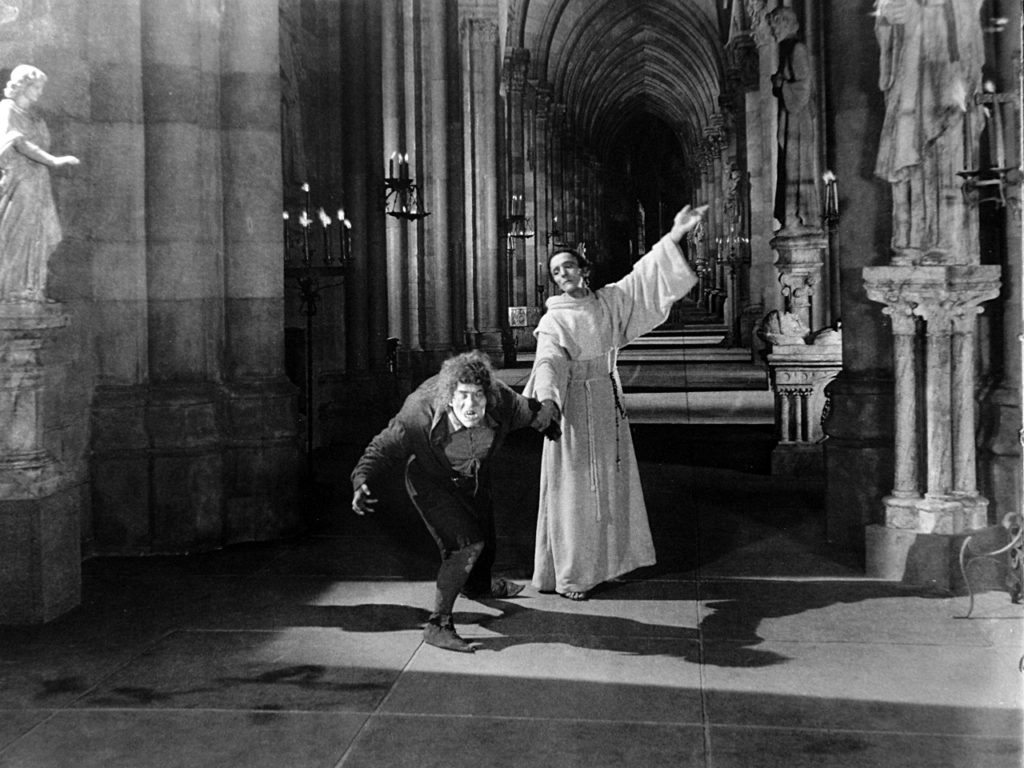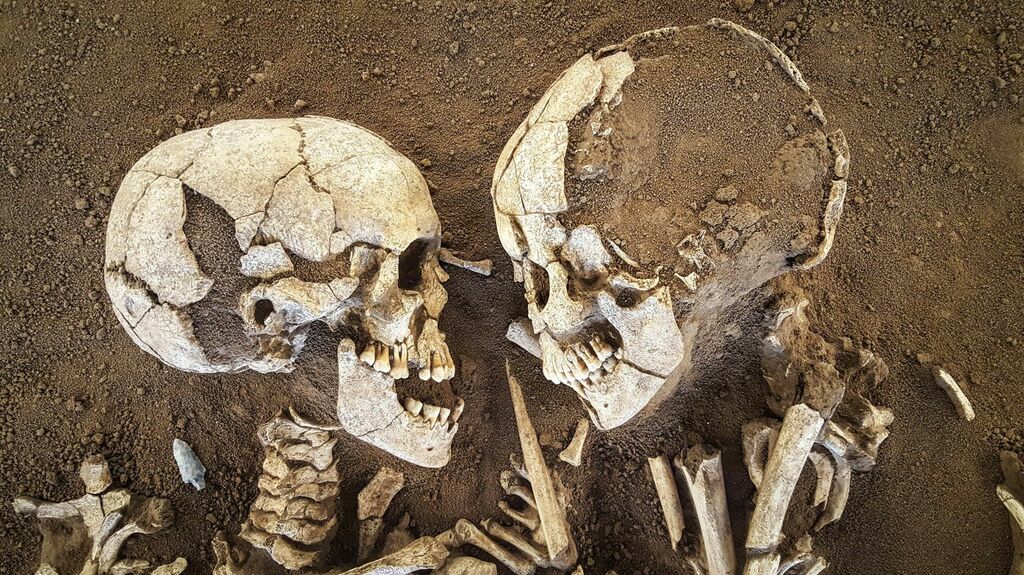Last updated on January 31st, 2023 at 03:45 am
Many legends and myths surround Notre Dame, one of which is the story of the hunchback. But who was the hunchback? Was he really a hideous creature with a disfigured face, or was he just a normal man with an unfortunate disability?
Let’s explore the true story behind this famous legend and explore its history. Most people are familiar with the story, but few know its historical roots.

The Hunchback in Literature Throughout the Years
Many believe that Quasimodo, the hunchbacked bell ringer from Victor Hugo’s classic novel, was based on a real person. While there may be some truth, Hugo’s take on the hunchback was mainly based on folklore and popular legend.
While many know the Disney version of the story’s events, Hugo’s story is much more dark and tragic. Quasimodo is born with a deformity and abandoned by his mother in the novel. He is found and raised by Claude Frollo, the archdeacon of Notre Dame.
Frollo keeps Quasimodo locked away in the bell tower, hiding him from the outside world. Quasimodo is eventually discovered by a group of gypsies, who crown him the “King of Fools” and parade him around town. Esmeralda, a kind-hearted gypsy girl, later rescues him.

However, Frollo becomes obsessed with Esmeralda and ultimately drives her to death. In Hugo’s story, Frollo frames Esmerelda for attempted murder, and she is sentenced to be hanged.
Quasimodo still pushes Frollo from the roof, but it’s due to him laughing at Esmerelda’s hanging. In his grief, the hunchback visits Esmerelda’s grave but never leaves her and ultimately starves to death.
Unfortunately, while there have been many literary and cinematic adaptations of the hunchback story, none are accurate.
The Real Hunchback of Notre Dame
After the French Revolution, the Cathedral of Notre Dame fell into disrepair. Many statues and gargoyles adorning the cathedral’s exterior were destroyed or stolen during this time.
In the 1820s, stone carvers renovated the Notre Dame in Paris. Among them was a British sculptor named Henry Sibson, who later wrote a handwritten autobiography, including a detailed account of the cathedral’s renovation.
Sibson references an issue with the contractor that hired him. In his words, they had a falling out and he was forced to find another job at the government studios.
Upon doing this, Sibson met another carver named Mons. Trajan, who he referred to as “worthy and amiable a man that has ever existed.”

It’s clear that Trajan made an impression on him, but that’s not important here. According to Sibson, Trajan worked under a government sculptor who they rarely saw because he didn’t like to mix with the carvers.
Sibson could not comment on the sculptor’s real name, only that he was humpbacked and that the only nickname he would hear was the Le Bossu, French for “the hunchback.”
Furthermore, he writes that M. Le Bossu was more than happy to tell Mons. Trajan to be sure to hire the little Englishman. The team went to Dreux, a city outside of Paris to work.
By itself, this memoir’s account doesn’t seem all that reliable. But when you compare it to other reports, a pattern begins to emerge.
Further Research Reveals the Likely Truth
Archivists have studied the recovered historical documents detailing Sibson’s time in Paris and the restoration of Notre Dame Cathedral.
Based on their findings, Sibson most likely referred to the same individual Victor Hugo references in his stories. In addition, it’s noted that Sibson described known artisans active in the same part of Paris where Hugo and Sibson lived in the 1820s.
More documents support this theory; the Almanach de Paris of 1833 lists all the area’s professional inhabitants, including the carver Mons. Trajan.
It’s also likely that Trajan continued to work there. The carvers that would have worked on the Notre Dame lived in the 6th arrondissement of Paris and worked out of the atelier of L’Ecole des Beaux-Arts.
Hugo also lived in this area and proposed to his wife in Dreux, where Sibson and the team worked. So, Hugo likely would have seen Trajan, Sibson, and M. Le Bossu during his time there.
In Hugo’s earlier works, Les Misérables, he even mentions that the main character’s name was Jean Trajean before altering it to Jean Valjean.
This is where the story of the actual hunchback of Notre Dame begins to come together. Victor Hugo was inspired by the real-life events and people around him when he wrote his world-famous novel.
To this day, Archivists still don’t know the real name of Le Bossu. While we may never know the identity of the hunchback, he was inevitably a real person who lived in Paris during the early 19th century.
Hugo’s Obsession With Gothic Structures
It’s also possible that Victor Hugo was inspired by the Notre Dame Cathedral itself when he wrote his novel.
Hugo was obsessed with Gothic architecture and believed that it was a cornerstone of French culture.
Hugo believed this so strongly that he composed a pamphlet called the War on the Demolishers in 1825. In it, he specifies, “The Hunchback is a Gothic novel about a Gothic building. The story’s moral focus is the Notre-Dame cathedral. Architects set the stage, backdrop the major characters, and forever bind their fates.”

Essentially, Quasimodo, the hunchback character, is a metaphor for the cathedral. He’s malformed and misunderstood, but he’s ultimately good-hearted.
This interpretation makes a lot of sense when comparing it to how Hugo described the novel in a letter to his publisher.
He wrote, “The principal character is neither Quasimodo nor Claude Frollo, but Notre-Dame de Paris. Everything there is grand, uncommon, extraordinary.”
The Notre Dame Cathedral was a massive inspiration for Victor Hugo when he wrote his novel.
But did he take inspiration from the real-life hunchback who worked on its restoration, or was the character purely fictional?
Thanks to historical records and memoirs, we now better understand the inspiration for one of literature’s most iconic characters.

